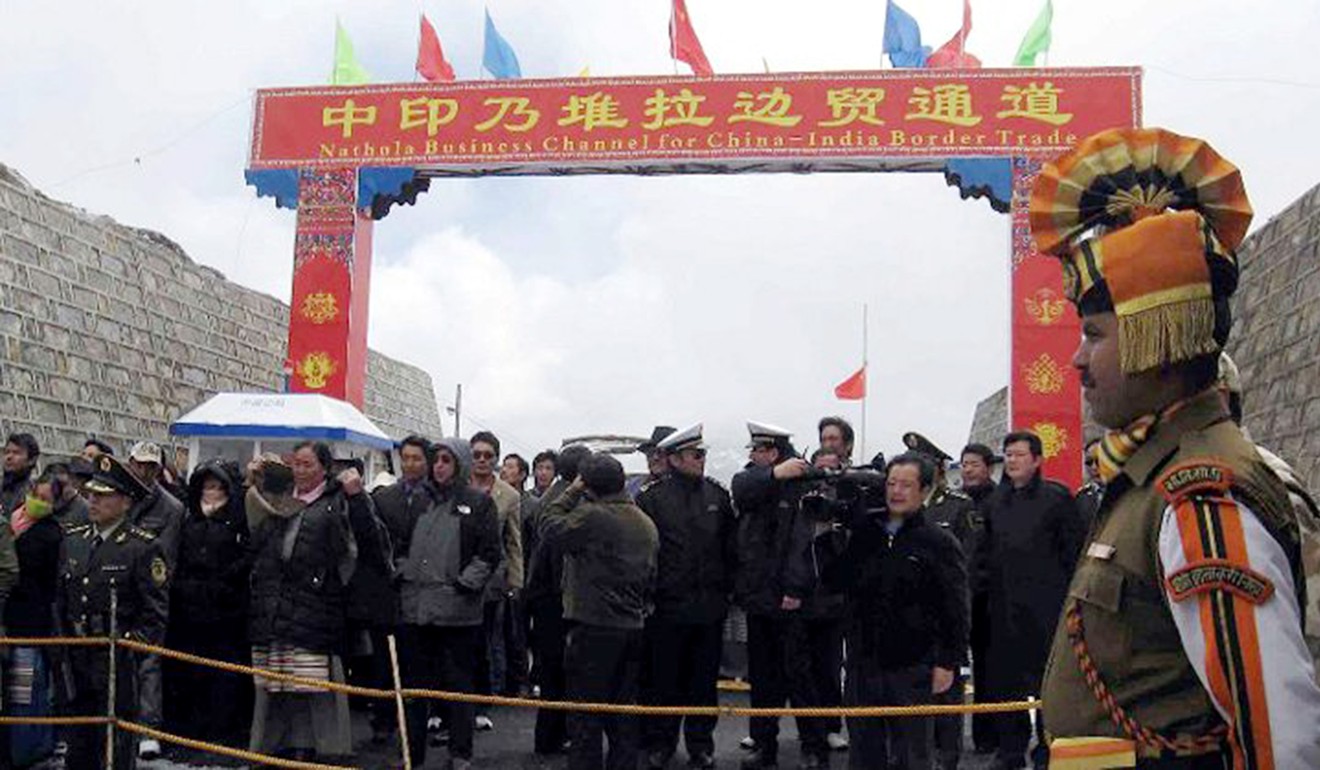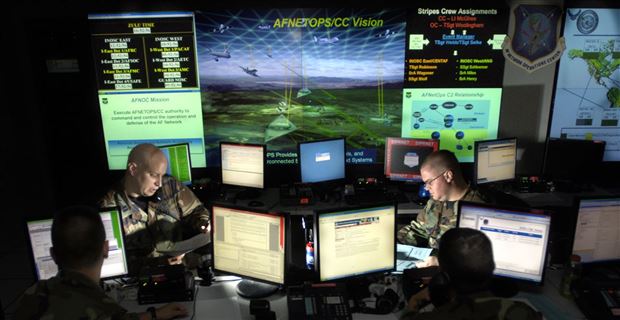 It can be difficult to separate the important from unimportant on any given day. Reflections mean to do exactly that — by thinking about what happened today, we can consider what might happen tomorrow.
It can be difficult to separate the important from unimportant on any given day. Reflections mean to do exactly that — by thinking about what happened today, we can consider what might happen tomorrow.
What happens in the Saudi royal family doesn't necessarily stay within the royal family. Three stories in major U.S. news outlets — The New York Times, Reuters and The Wall Street Journal — emerged in quick succession over the past 24 hours, all focused on the politics of the Saudi Arabian royal family. While full of sensational details, each report relied on Saudi sources that tell roughly the same story of what transpired one dramatic night in June when King Salman deposed nephew Mohammed bin Nayef, placing son Mohammed bin Salman next in line to the throne. The factual similarities across the reports suggest they are true, and the timing of their release indicates that some royal family members and government leaders in Riyadh intended for the details to be widely known. It is highly unusual for the Saudi royal family to air dirty laundry — let alone in such a coordinated fashion. The quick succession of richly detailed play-by-play reports of the dethroning of the crown prince underlines the strength of new Crown Prince bin Salman. And there is some trepidation in Riyadh over his impending rule. But thanks to the latest reports, we can now see a bit further down the path facing the new crown prince, who is likely to become king much sooner than anyone thought.







